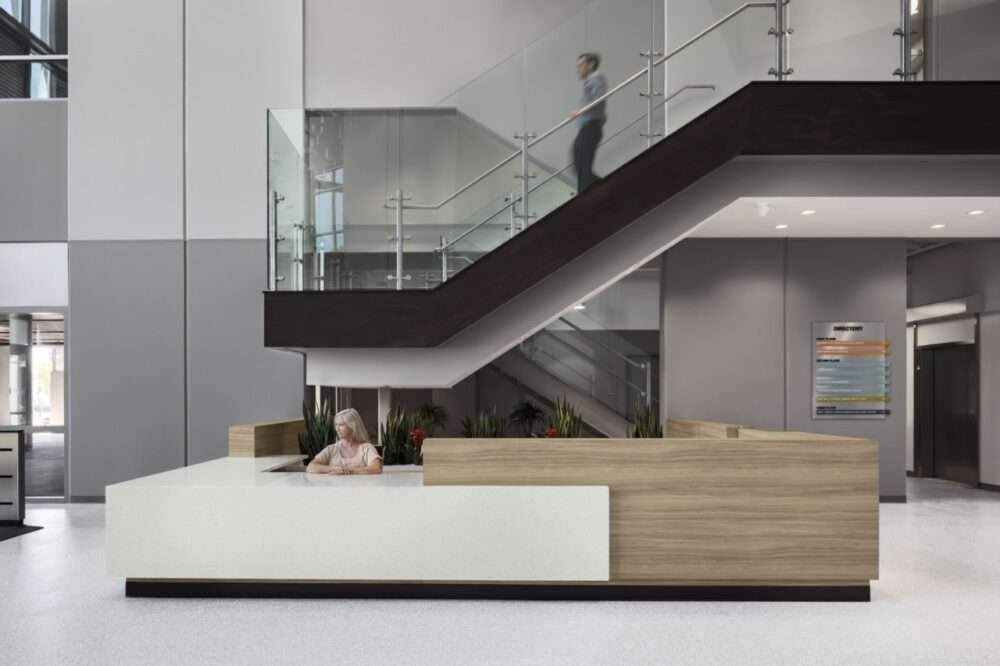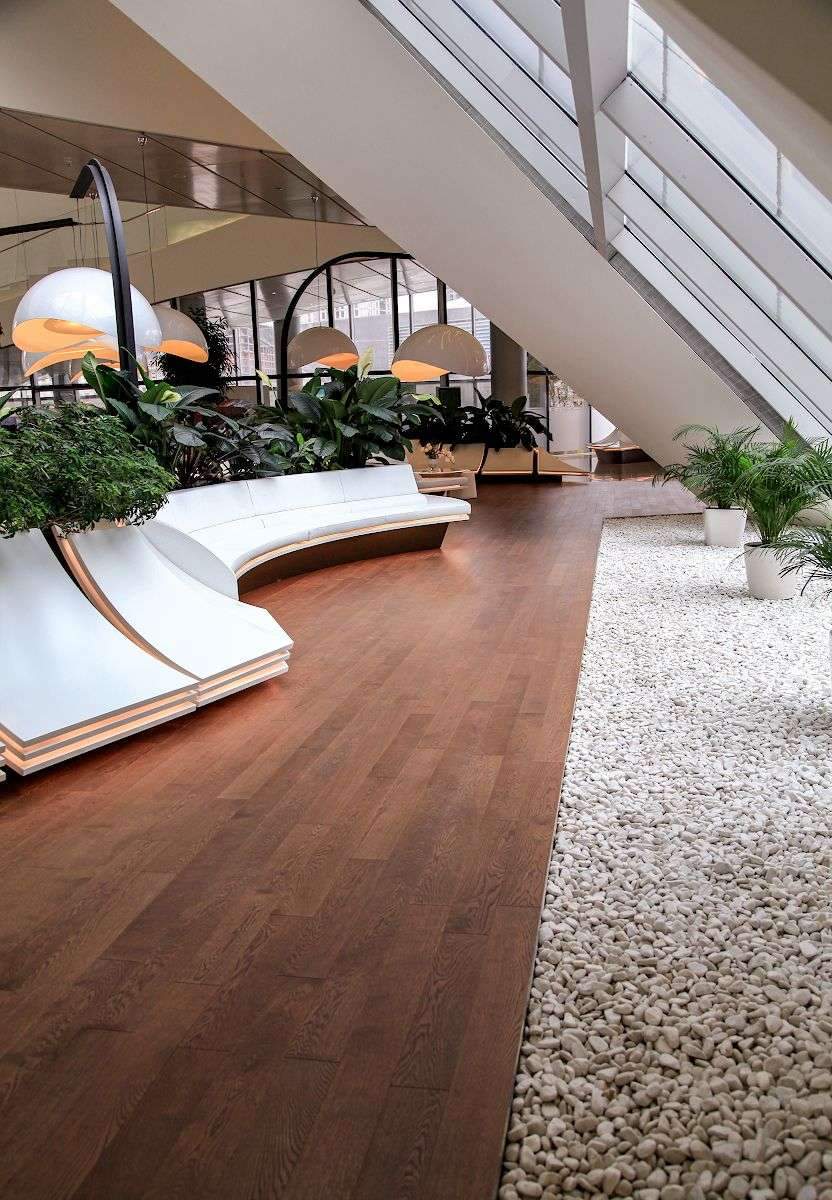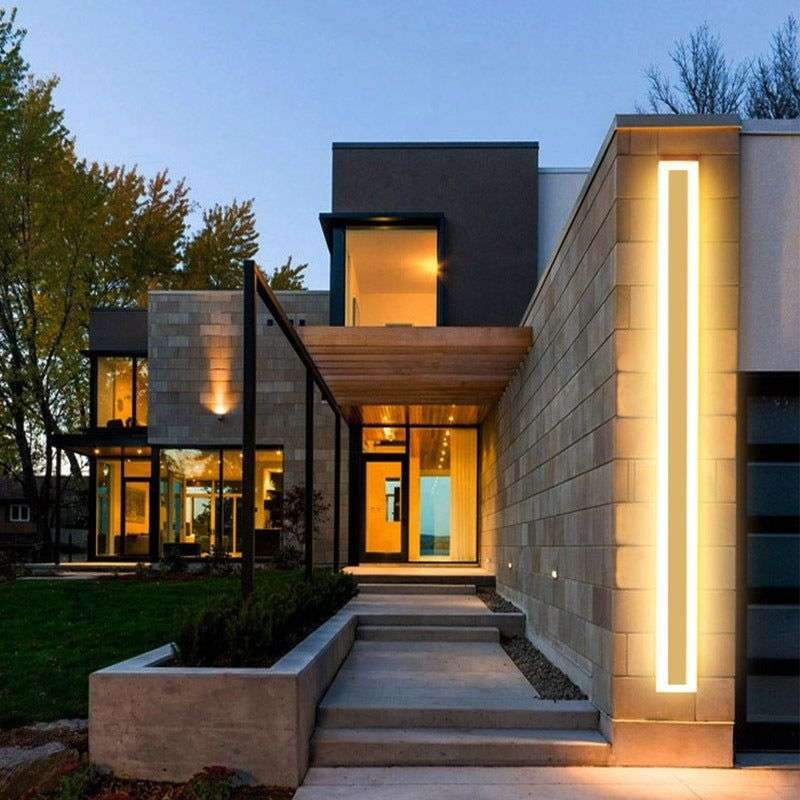The difficulty of designing sensitive spaces for architecture and privacy
Design solutions for sensitive spaces
Intuitive path selection:
Establish effective hubs and sound mitigation measures:
Consider the proportions:
For more architectural news

I am an architectural journalist and publisher interested in highlighting and presenting interior design best practices to my audience. I am always looking for new stories and ideas that will inspire my readers and enhance their lives

room decor- home decor rroom decor bedroom -room decor ideas – room decor bedroom teenage -room decor ideas diy – room decor for men -room decor bedroom teenage girl-room decor aesthetic -colleg room decor-famly room ideas room projects-liing room decor-ideas…

The Heydar Aliyev cultural center in Baku is designed by Zaha Hadid. One of the brightest architects of our time, Zaha Hadid was the first women to be awarded the architectural “Oscar” – Pritzker Architecture Prize. Coswick engineered plank hardwood…

Is Bulbs Included: Yes Body Material: Iron、Acrylic Certification: CCC Certification: ce Protection Level: IP65 Voltage: 85-265V Item Type: Outdoor Wall Lamps Warranty: 1 years Power Source: AC Style: Contemporary Light Source: LED Bulbs Usage: Industrial Base Type: Wedge

Crowhill views Private Hospital #Renderings Material, lighting, mood, landscape, and entourage are the key factors that need to be carefully adjusted. The rendering process and experienced CG artists are the cherries on top of making #photorealistic renderings. Contact us on:…

The Dog Paw Cotton T-Shirt is from our new collection, a simple soft shirt that shows your passion and pride with graphics featuring dog paw from dog collection. ssssplitterMonochrome photography design text: key design elements: Head, Font, Circle, Symbol, Pattern,…

Bring an industrial and contemporary design together with this handsome grey wood-look night stand that can also be placed beside the couch as an end table or accent table. In a compact format, it has ample surface space for a…

room decor- home decor rroom decor bedroom -room decor ideas – room decor bedroom teenage -room decor ideas diy – room decor for men -room decor bedroom teenage girl-room decor aesthetic -colleg room decor-famly room ideas room projects-liing room decor-ideas…

The Heydar Aliyev cultural center in Baku is designed by Zaha Hadid. One of the brightest architects of our time, Zaha Hadid was the first women to be awarded the architectural “Oscar” – Pritzker Architecture Prize. Coswick engineered plank hardwood…

Is Bulbs Included: Yes Body Material: Iron、Acrylic Certification: CCC Certification: ce Protection Level: IP65 Voltage: 85-265V Item Type: Outdoor Wall Lamps Warranty: 1 years Power Source: AC Style: Contemporary Light Source: LED Bulbs Usage: Industrial Base Type: Wedge

Crowhill views Private Hospital #Renderings Material, lighting, mood, landscape, and entourage are the key factors that need to be carefully adjusted. The rendering process and experienced CG artists are the cherries on top of making #photorealistic renderings. Contact us on:…

The Dog Paw Cotton T-Shirt is from our new collection, a simple soft shirt that shows your passion and pride with graphics featuring dog paw from dog collection. ssssplitterMonochrome photography design text: key design elements: Head, Font, Circle, Symbol, Pattern,…

Bring an industrial and contemporary design together with this handsome grey wood-look night stand that can also be placed beside the couch as an end table or accent table. In a compact format, it has ample surface space for a…

room decor- home decor rroom decor bedroom -room decor ideas – room decor bedroom teenage -room decor ideas diy – room decor for men -room decor bedroom teenage girl-room decor aesthetic -colleg room decor-famly room ideas room projects-liing room decor-ideas…

The Heydar Aliyev cultural center in Baku is designed by Zaha Hadid. One of the brightest architects of our time, Zaha Hadid was the first women to be awarded the architectural “Oscar” – Pritzker Architecture Prize. Coswick engineered plank hardwood…

Is Bulbs Included: Yes Body Material: Iron、Acrylic Certification: CCC Certification: ce Protection Level: IP65 Voltage: 85-265V Item Type: Outdoor Wall Lamps Warranty: 1 years Power Source: AC Style: Contemporary Light Source: LED Bulbs Usage: Industrial Base Type: Wedge

Crowhill views Private Hospital #Renderings Material, lighting, mood, landscape, and entourage are the key factors that need to be carefully adjusted. The rendering process and experienced CG artists are the cherries on top of making #photorealistic renderings. Contact us on:…

The Dog Paw Cotton T-Shirt is from our new collection, a simple soft shirt that shows your passion and pride with graphics featuring dog paw from dog collection. ssssplitterMonochrome photography design text: key design elements: Head, Font, Circle, Symbol, Pattern,…

Bring an industrial and contemporary design together with this handsome grey wood-look night stand that can also be placed beside the couch as an end table or accent table. In a compact format, it has ample surface space for a…